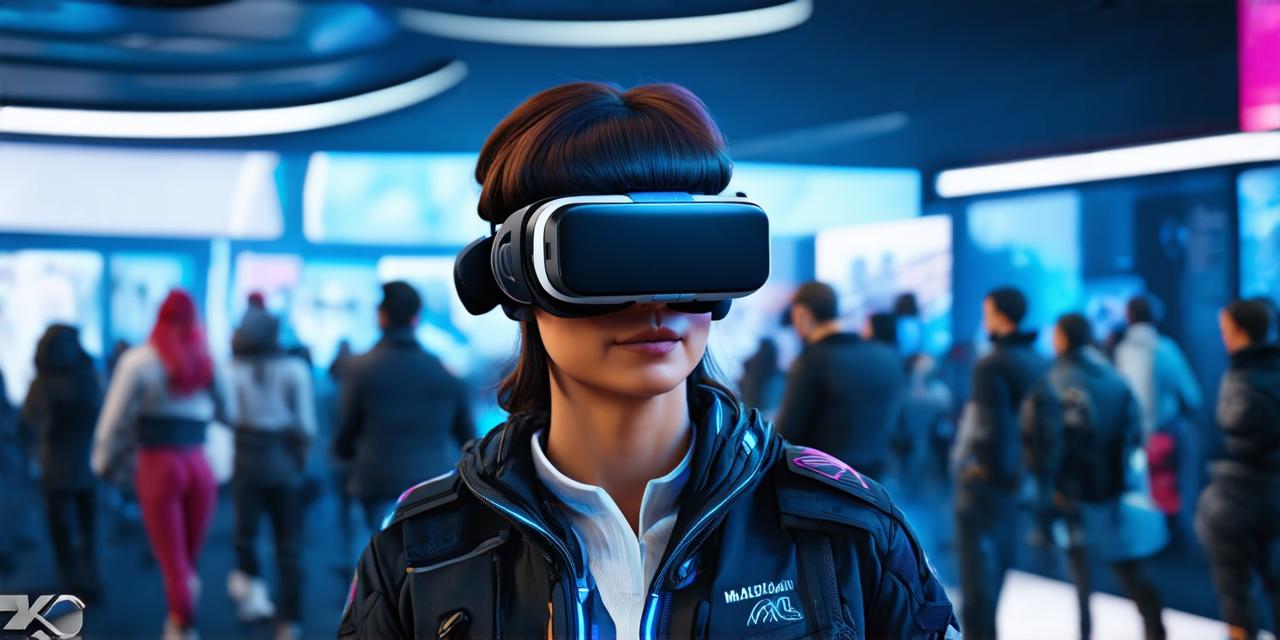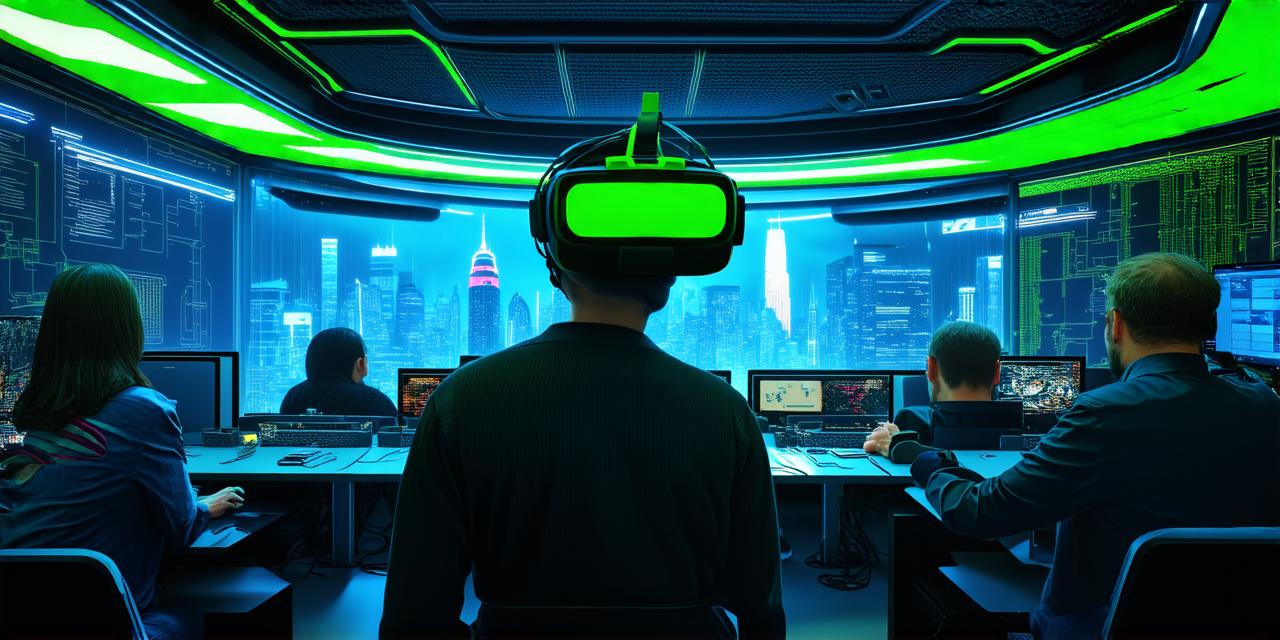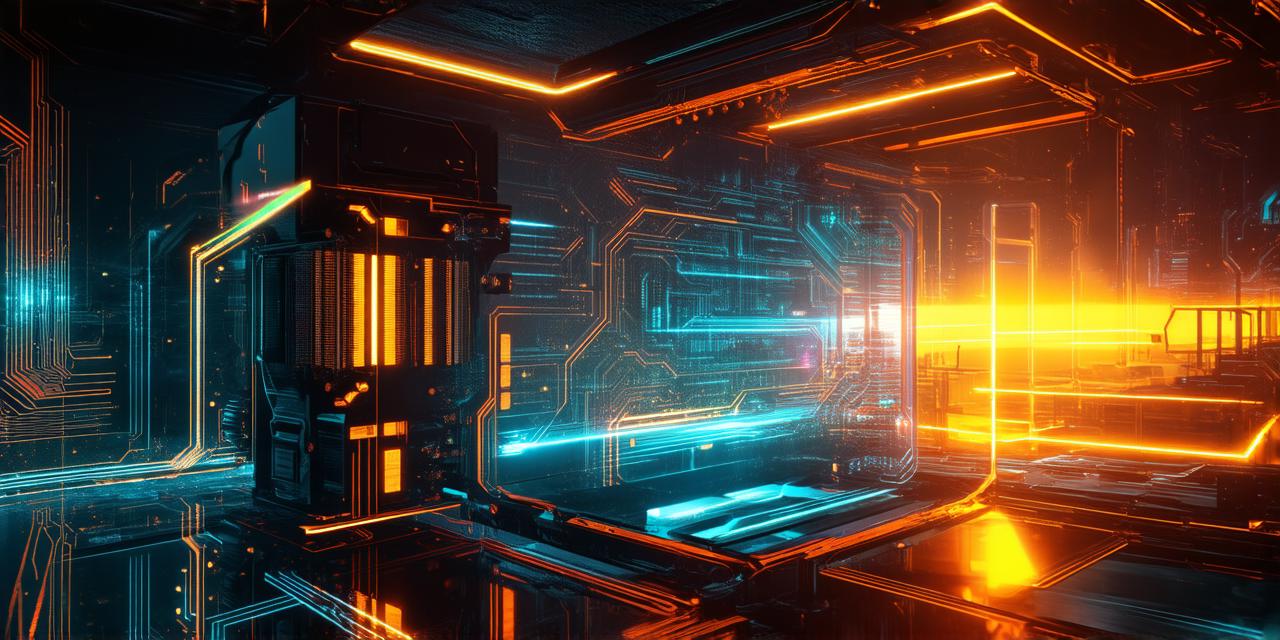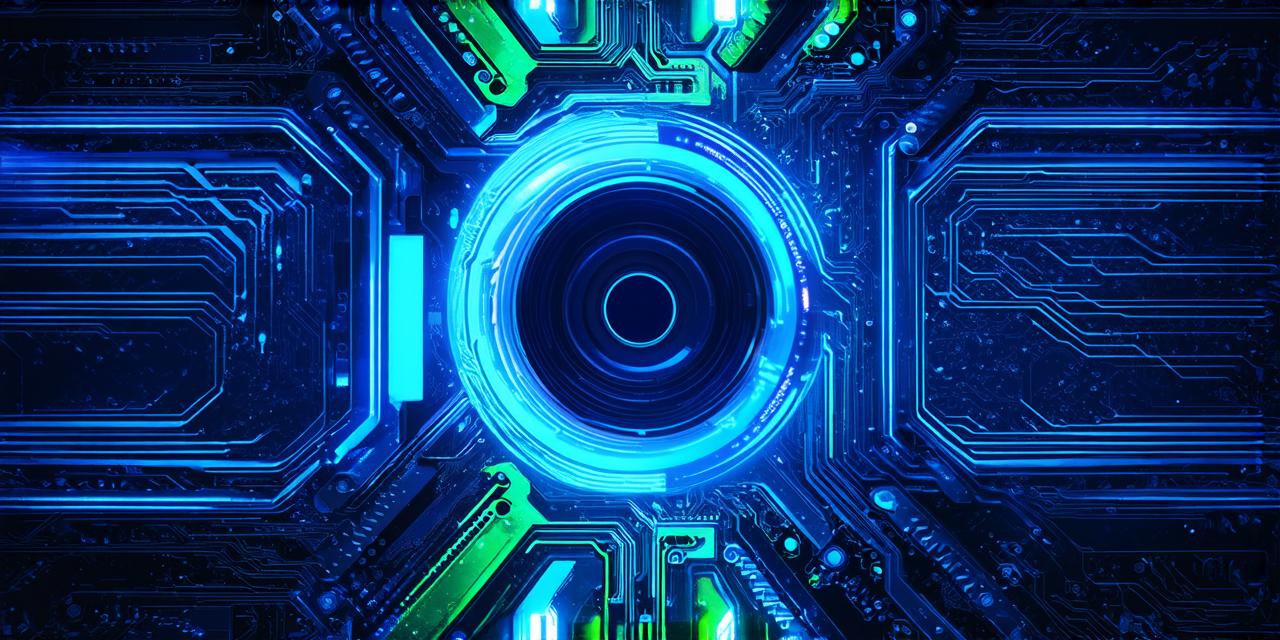Virtual reality (VR) and mixed reality (MR) are two emerging technologies that offer immersive, interactive experiences that blur the line between the digital and physical worlds. These technologies have gained traction in a variety of industries, including gaming, healthcare, education, and entertainment, among others.
Virtual Reality: A Deep Dive into Notable Examples
1. Gaming:
Virtual reality has revolutionized the gaming industry by providing players with fully immersive experiences. Games such as “Beat Saber,” “Oculus Quest 2,” and “Half-Life: Alyx” offer players a chance to step into their favorite games and become part of the action. These VR games use advanced tracking technologies and handheld controllers to provide realistic movement and interaction within virtual environments.
2. Training and Simulation:
VR has been used extensively in training and simulation applications, allowing professionals to practice real-world scenarios without risking their safety or resources. For example, pilots can train for flight in a virtual cockpit, surgeons can perform complex surgeries in a simulated operating room, and firefighters can practice rescue techniques in a virtual burning building.
3. Healthcare:
Virtual reality has also found applications in healthcare, particularly in the areas of pain management, rehabilitation, and mental health treatment. Patients can use VR headsets to experience relaxing environments or distract themselves from pain during procedures. Physical therapists can create customized exercise programs for patients with limited mobility, while mental health professionals can use VR to treat conditions such as anxiety and depression.
4. Education:
Virtual reality has been used in education to provide students with immersive learning experiences that enhance understanding of complex concepts. For example, students can explore the solar system or the human body using VR simulations, allowing them to visualize and interact with these systems in ways that would be difficult or impossible in traditional classroom settings.
Mixed Reality: A Blend of Virtual and Physical Worlds
1. Augmented Reality:
Augmented reality (AR) is a type of mixed reality that overlays digital information onto the real world, enhancing our perception of the physical environment. Examples include Snapchat filters, Pokémon Go, and IKEA Place apps, which allow users to see how furniture would look in their homes before making a purchase decision.
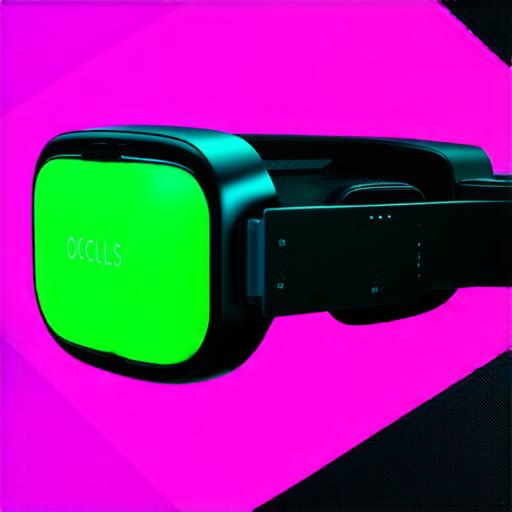
2. Interactive Advertising:
Companies have started using mixed reality to create interactive advertising campaigns that engage customers on a deeper level. For example, Coca-Cola’s “Share a Coke” campaign used AR technology to allow consumers to personalize their own Coke bottles with custom messages and images, creating a more meaningful connection between the brand and its customers.
3. Retail:
Mixed reality has also found applications in retail, allowing customers to try on clothes virtually or visualize furniture in their homes before making a purchase decision. For example, IKEA’s “Place” app uses AR to let users see how furniture would look in their homes, while Lululemon’s “Mirror” app allows customers to try on clothing virtually using their smartphone camera.
4. Architecture and Design:
Mixed reality has been used in architecture and design to create immersive experiences for clients and stakeholders. For example, architects can use AR to showcase designs in 3D, allowing clients to walk through virtual environments and provide feedback on the proposed design.
Conclusion
Virtual and mixed reality technologies are rapidly evolving, offering exciting possibilities for a wide range of applications across various industries. While still in their early stages, these technologies have already demonstrated their potential to enhance learning, training, healthcare, advertising, and retail experiences, among others. As the technology continues to advance, we can expect even more innovative uses of virtual and mixed reality in the future.
